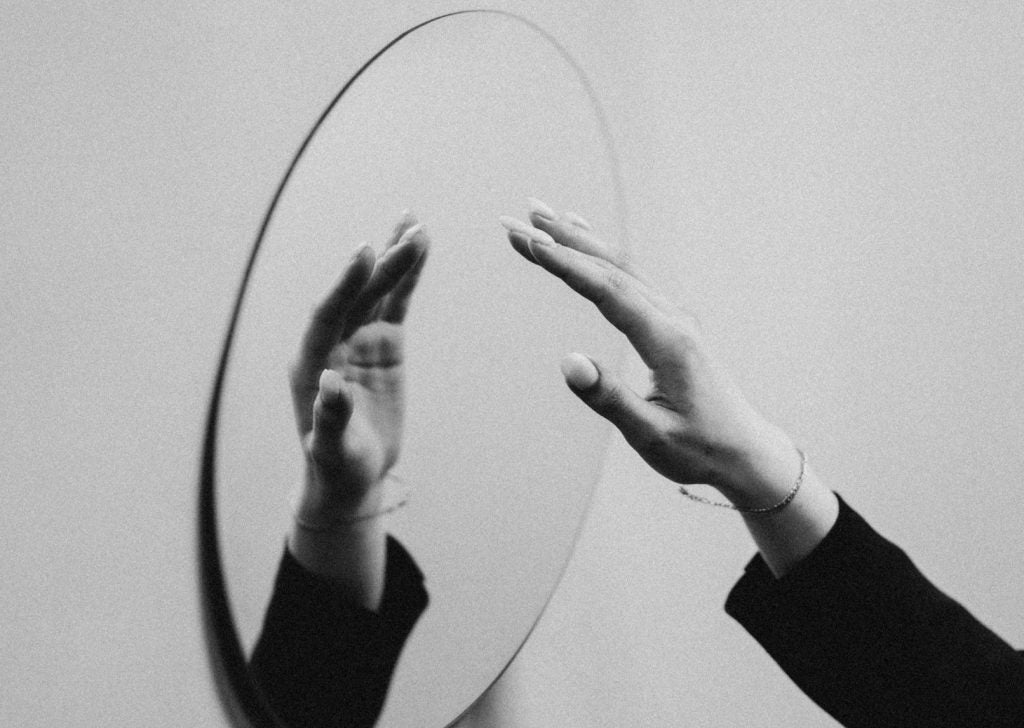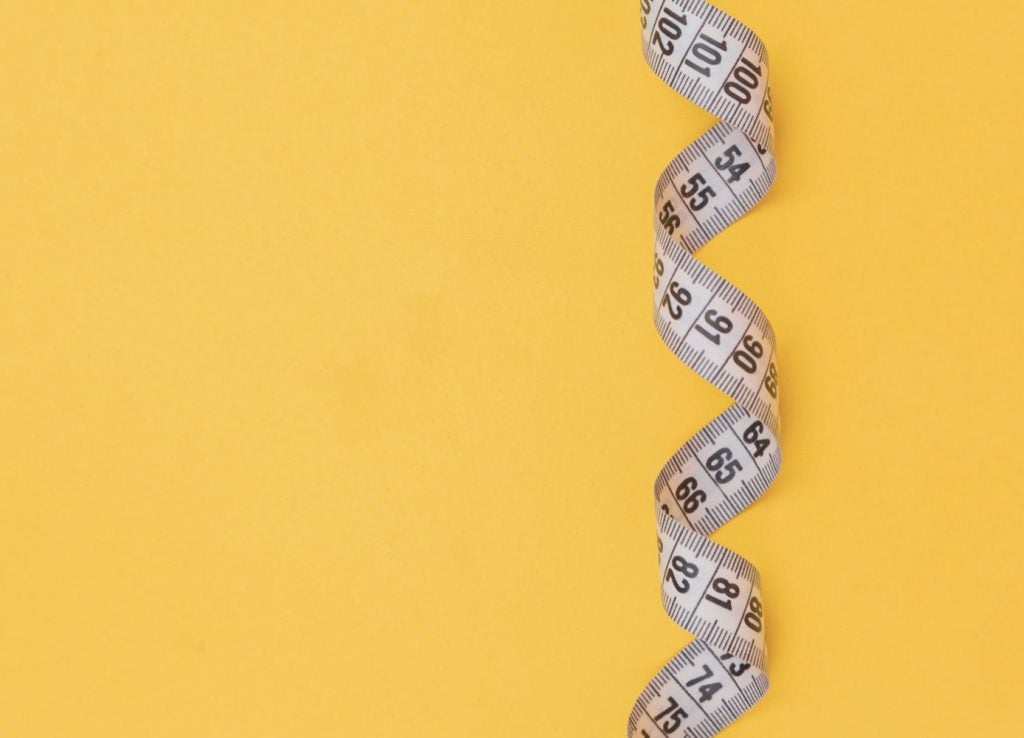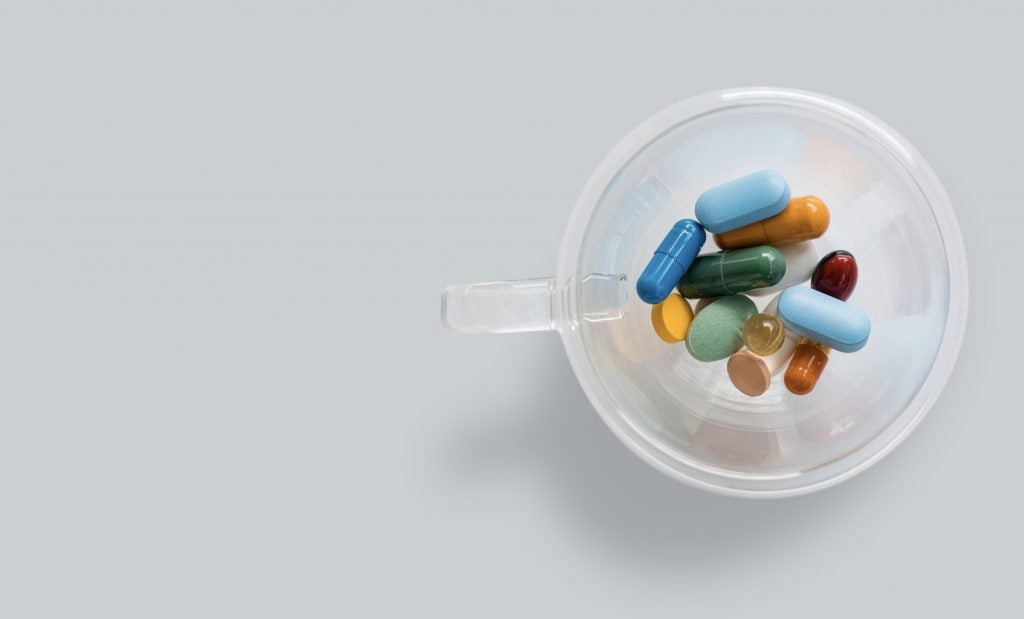
Body Dysmorphic Disorder (BDD) is an obsessive preoccupation with a perceived or imagined defect or flaw in personal appearance that others generally do not see.1 The individual may focus on any part of the body and the preoccupation may involve multiple body parts at the same time. Preoccupation with one’s nose, chest, stomach, hair, or skin are most common among people with this disorder. In reality, the perceived flaw may only be a small imperfection or not exist at all; however, the person with BDD perceives the imperfection as being very obvious, which can cause extreme emotional distress and issues with everyday life.2
A person is diagnosed with BDD only when their preoccupation causes them severe emotional distress and interferes with daily thoughts and actions. Their obsessions may interfere with their ability to focus on anything except their perceived imperfections, which can lead to avoidance of social situations, low self-esteem, and problems with work or school.2 It is not uncommon for people with BDD to undergo plastic surgeries in an attempt to augment these perceived imperfections, yet oftentimes they are still dissatisfied with the results.2
BDD is similar to Obsessive-Compulsive Disorder (OCD) because of the pattern of intrusive thoughts and compulsions, but is distinguished from OCD when repetitive behaviors are focused only on one’s appearance.2 Due to the similarity between the two illnesses, people with BDD may be misdiagnosed with OCD. In addition, people who suffer from BDD may also suffer from other disorders such as depression, anxiety disorders, and eating disorders.2
Table of Contents
Who Can be Affected by BDD?
While anyone could be affected by BDD, there are certain factors to consider. Adolescents are at a higher risk of developing BDD than other age groups. The average age of diagnosis is seventeen. 1 BDD is also nearly equally likely to develop for male and female individuals, with the rates of development being 2.5% and 2.2% respectively.2 In addition, people in the LGBTQ+ community may be at higher risk for diagnosis of BDD. This may be a result of the idealized and unrealistic images of LGBTQ+ people in the media, and the disproportionately high rates of eating disorder diagnoses in the community.3
Risk Factors and Causes of BDD
While elements like age can affect BDD development, there are also other risk factors that can impact BDD in an individual. The direct cause of BDD is unknown, but it is believed that BDD can develop as a result of combinations of some of the factors listed below:
- Blood relatives with a BDD or OCD diagnosis
- Negative childhood experiences
- Specific personality traits, such as perfectionism
- Societal pressure or expectations of beauty
- Having other psychiatric disorders4
Individuals with BDD may have some of these factors pertaining to them, or may have none at all.
Biological factors that may lead to BDD include serotonin and dopamine imbalance, which prevents neurotransmitters’ ability to send and receive signals correctly. Studies have shown that individuals with BDD struggle to read facial expressions and thus can falsely perceive others’ facial expressions as negative. Genetics also play a role in the cause of BDD, as shown by studies that link a BDD or OCD diagnosis to a family history.
Additionally, factors such as societal concentration on appearance, perfection, and cultural beauty standards contribute to the formation of BDD in an individual. There are many rigid standards regarding body image in society today; the media often sets unattainable standards and expectations of beauty. Photoshopped models and celebrities appear constantly on television, billboards, and the internet. People are repeatedly bombarded with doctored images that display the “beauty standard” through the media they digest. This constant exposure makes it exceedingly difficult to avoid comparing oneself with these unrealistic expectations of beauty. Though some people may be unaffected by this, many people can become dissatisfied with their own bodies due to societal pressures.With a variety of risk factors and causes, it can be difficult to pinpoint why someone has BDD, especially because every individual with a BDD diagnosis may have different reasons for suffering from the disorder.

Symptoms
Individuals with BDD often develop compulsive behaviors revolving around body image, such as persistent examination of the body in the mirror or picking at certain body parts. People with BDD may avoid social situations because they are concerned that they will be rejected or judged due to their perceived imperfection. The individual may imagine that others are paying attention to this perceived flaw when in reality others take no noticet.1
People with BDD can have preoccupations with their appearance that last for a few hours or an entire day. These compulsive obsessions are difficult to resist or control, making it hard for people with BDD to pay attention to anything but their perceived imperfections. In extreme cases of BDD, people may not leave the house at all, have suicidal thoughts, or even commit suicide.2
BDD may execute compulsive or repetitive behavior in order to try and improve their perceived flaws. Examples of such behavior include the following:
- camouflaging the perceived flaw to make it less noticeable (body positioning, clothes, makeup, hair)
- seeking surgery
- excessively consulting or avoiding mirrors
- excessive exercising
- picking at one’s skin2
Unfortunately, engaging in these compulsive behaviors only brings about temporary relief and the obsession with the body will eventually come back. This is the cyclical nature of BDD.
Effects of BDD
BDD can potentially affect those who identify as men and those who identify as women differently. While the impacts of BDD can sometimes align with those gender identities , BDD is not specific to any gender identity.
Some individuals affected by BDD may be preoccupied with genital size, hair loss, musculature, and build. This can sometimes be related to societal ideas surrounding masculinity, as those with these preoccupations tend to identify as men. Muscle Dysmorphic Disorder (MDD) is a type of BDD. It is often referred to as “Reverse Anorexia” or “Bigorexia” by the media. MDD is characterized by a preoccupation with having a large amount of musculature or a lack of body fat. Exercising excessively can be a sign of this type of BDD, and can be detrimental to the body if the individual does not receive proper nutrition or rest. Some individuals suffering from MDD will over-train their body, even if they have an injury or turn to steroid use in order to battle their perceived imperfection.3 Bodybuilding and MDD can be differentiated because while bodybuilders live a strenuous lifestyle, they do not have distorted body image characteristic of BDD. Many individuals are able to bodybuild in a healthy manner.3
Some individuals who experience male pattern baldness (MPB) can become fixated on it and develop BDD. MPB is the progressive thinning of hair on the scalp. Individuals with thinning or no hair may believe they are less desirable than those with a full head of hair. Many BDD “fixes” for baldness exist, and include haircuts that hide baldness, hats, and wigs. There are also medications, such as Minoxidil, or hair transplants that people use to attempt to remedy MPD. However, there is not enough evidence and research to show if these methods help to alleviate BDD in the long run.3
Height can also be a concern of someone suffering from BDD. Some people might use their clothing or surroundings to alter people’s perceptions of their height, while others turn to corrective surgery. These surgeries try to lengthen the leg bones in an attempt to make the patient taller; however, these surgeries are controversial. There is potential for them to be unsafe, and no research has been done to understand the psychological effects of BDD when deciding to undergo such an invasive surgery.3
People with BDD may become preoccupied with their skin; some of the signs of this preoccupation include picking at the skin and going to excessive lengths to cover up the face.1 Others may focus on their figure and weight. As a result, someone with BDD may develop an eating disorder like bulimia nervosa or anorexia nervosa. Individuals with BDD may also seek cosmetic surgery to fix their perceived flaws. Surgeries that people will undergo include alteration of many different body parts, such as the breasts, nose, or stomach. Surgeries to change the physical appearance often tend to create new destructive body images in individuals with BDD.2
BDD and the LGBTQ+ Community

The majority of research done on BDD in the LGBTQ+ community has been done on gay males with BDD; however, all members of the LGBTQ+ community can be affected by BDD, and more research needs to be done in this area. From what researchers do know, gay males and heterosexual females are two high-risk groups for having a negative image of themselves.5 Perceived flaws about one’s genital size, hair loss, musculature, and build can occur more frequently in the LGBTQ+ community, specifically among gay males. A 2014 study revealed that steroid use among gay and bisexual teen boys is four times higher than among heterosexual boys.3
Growing up as a member of the LGBTQ+ community can be difficult in today’s society, as LGBTQ+ people face discrimination, harassment, potential violence, and the possibility of parental rejection. Though society has in large become more accepting of LGBTQ+ individuals over the past few decades, these social barriers still exist for members of this community growing up in today’s world.

Treatment and Support
BDD is diagnosed by a trained clinician. In order to obtain an accurate diagnosis and suitable treatment, patients must voice their concerns with their appearance when they meet with their doctor or health professional.
Certain treatments have been proven to help people with BDD live healthy, fulfilling lives. BDD can be treated with cognitive-behavioral therapy (CBT) and antidepressant medications.2 Cognitive behavioral therapy is meant to regulate negative emotions, including anxiety and depression, which can cause low self-esteem and a warped sense of appearance. CBT uses behavioral strategies that allow individuals to cope with obsessive behaviors and diminish self-deprecating emotions. It is essential that people with BDD concentrate on the underlying psychological issues and think less about their appearance and perceived imperfections. Selective Serotonin Reuptake Inhibitors (SSRIs), a type of antidepressant, have proven to be an effective treatment for BDD and may be used along with CBT. Treatment should be specialized for each patient, therefore patients must talk with a doctor to personalize their treatment plan.2 Communication about BDD and related disorders is key for treatment to be effective.

Many organizations have emerged to counteract the growing prevalence of BDD. Organizations such as Project Heal help support those suffering with disorders like BDD, creating positive campaigns that combat media depictions of the “ideal body.” Other organizations include the BDD Foundation and the BODY Charity. The main goals of these organizations are to educate the public, provide free resources to people with BDD like self-help classes, and re-educate healthcare professionals on misdiagnosis around body disorders.
BDD & Sex
Individuals with BDD often obsess over physical appearance, which can interfere with sexual and emotional relationships. Feelings of self-loathing and low self-esteem directly affect the ability to have a positive sexual self image. Through treatment for BDD such as CBT and SSRIs, individuals may be able to gain a more positive body image. As individuals with BDD are able to develop a more positive body image, they may be more interested in engaging in sexual relationships. Additionally, individuals who are being treated for BDD can increase their ability to look past body image to enjoy sex. A note to make about treating BDD with SSRIs is that these drugs can reduce sex drive.The impact that BDD can have on sexual relationships can be significant, so it is important to not overlook it.
Concluding Remarks
BDD can greatly impact an individual’s life, which is why it is important to understand why people may develop BDD, and what can be done to help those who struggle with it. Anyone can be affected by BDD; however, adolescents, gay males and heterosexual females are at a higher risk. Both biological and social factors can be responsible for the development of BDD. Regardless of the cause, BDD may negatively impact sexual relationships for those afflicted by it. BDD can be treated through behavioral therapy, as well as antidepressant medication.

If you think you may have BDD, it is not your fault. Seek help from a trusted family member, friend, or mentor. There are also many resources and support groups available to help you cope with the disorder, such as the Body Dysmorphic Disorder Foundation and Project Heal.
References
- Friedman, Howard, C.M. Elliot, S. Wilhelm. (2016). Body Dysmorphic Disorder. Encyclopedia of Mental Health. 2, 183-85.
- Body Dysmorphic Disorder (BDD). (2014). Anxiety and Depression Association of America. ADAA.
- Founder, B. H. Talking about LBGTQ, BDD, and ED (but Not GD). (2017). The Body Image Center.
- Body Dysmorphic Disorder. (2016). Mayo Clinic. Mayo Foundation for Medical Education and Research.
- Boroughs, M. Body Dysmorphic Disorder among Diverse Racial/Ethnic and Sexual Orientation Groups: Prevalence Estimates and Associated Factors. (2010). Sex Roles. 63(9-10), 725-737.
Last Updated: 30 Nov 2021.
